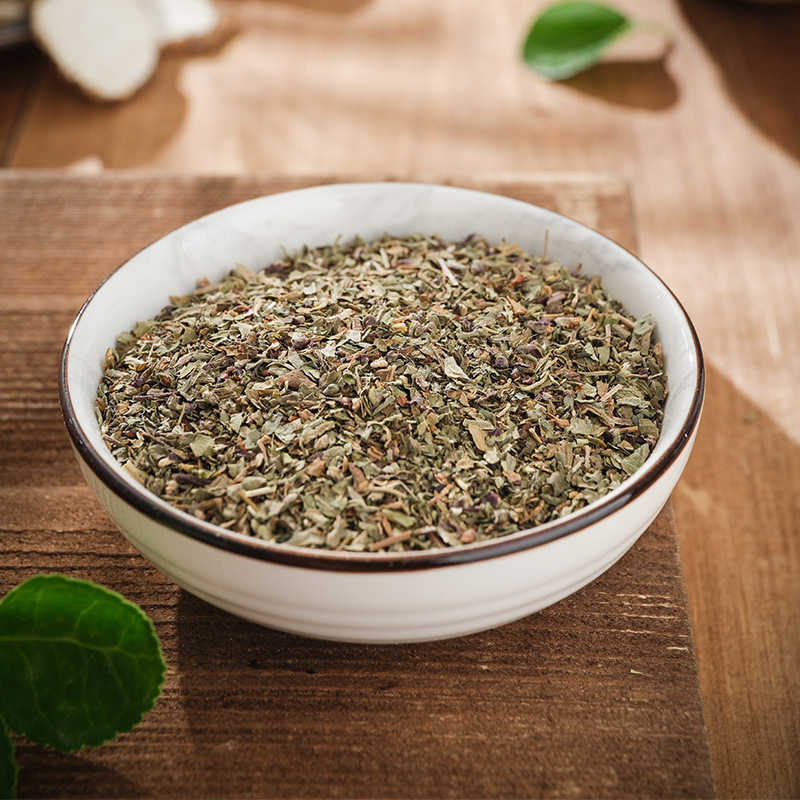Basil is a fragrant herb belonging to the mint family, and it is well-known for its aromatic leaves. There are many varieties of basil, each with its own unique flavor profile. Sweet basil (Ocimum basilicum) is the most commonly used variety in cooking, but other types include Thai basil, lemon basil, and holy basil, each contributing distinct flavors to dishes.

Here are some key points about basil:
1.Flavor Profile: Sweet basil has a sweet, peppery flavor with a hint of clove and anise. Other basil varieties may have additional notes such as citrus, cinnamon, or licorice.
2.Culinary Uses: Basil is a staple in Mediterranean, Italian, and Southeast Asian cuisines. It is often used fresh in salads, pasta dishes, pizzas, and as a key ingredient in pesto. Basil pairs well with tomatoes, garlic, olive oil, and various cheeses.
3.Varieties:
Sweet Basil: Widely used in Italian cuisine.
Thai Basil: Common in Southeast Asian dishes, with a slightly spicy, anise-like flavor.
Lemon Basil: Imparts a citrusy aroma, used in both sweet and savory dishes.
Holy Basil (Tulsi): Sacred in some cultures, used in herbal teas and traditional medicine.
4.Health Benefits: Basil contains essential oils, antioxidants, and nutrients that may have anti-inflammatory and antimicrobial properties. It is also a good source of vitamins A and K.
5.Growing Basil: Basil is easy to grow and thrives in warm climates. It can be cultivated in gardens, pots, or indoor containers. Regular pruning helps promote bushy growth.
6.Harvesting and Preserving: Basil leaves can be harvested once the plant has sufficient foliage. To preserve basil, it can be dried, frozen, or used to make basil-infused oils or vinegar.
7.Basil Essential Oil: Basil essential oil is extracted from the leaves and is used in aromatherapy. It has a fresh and invigorating scent.
When using basil in cooking, it's often recommended to add it at the end of the cooking process or just before serving to retain its fresh flavor. The leaves can be torn or chopped for use in various dishes.